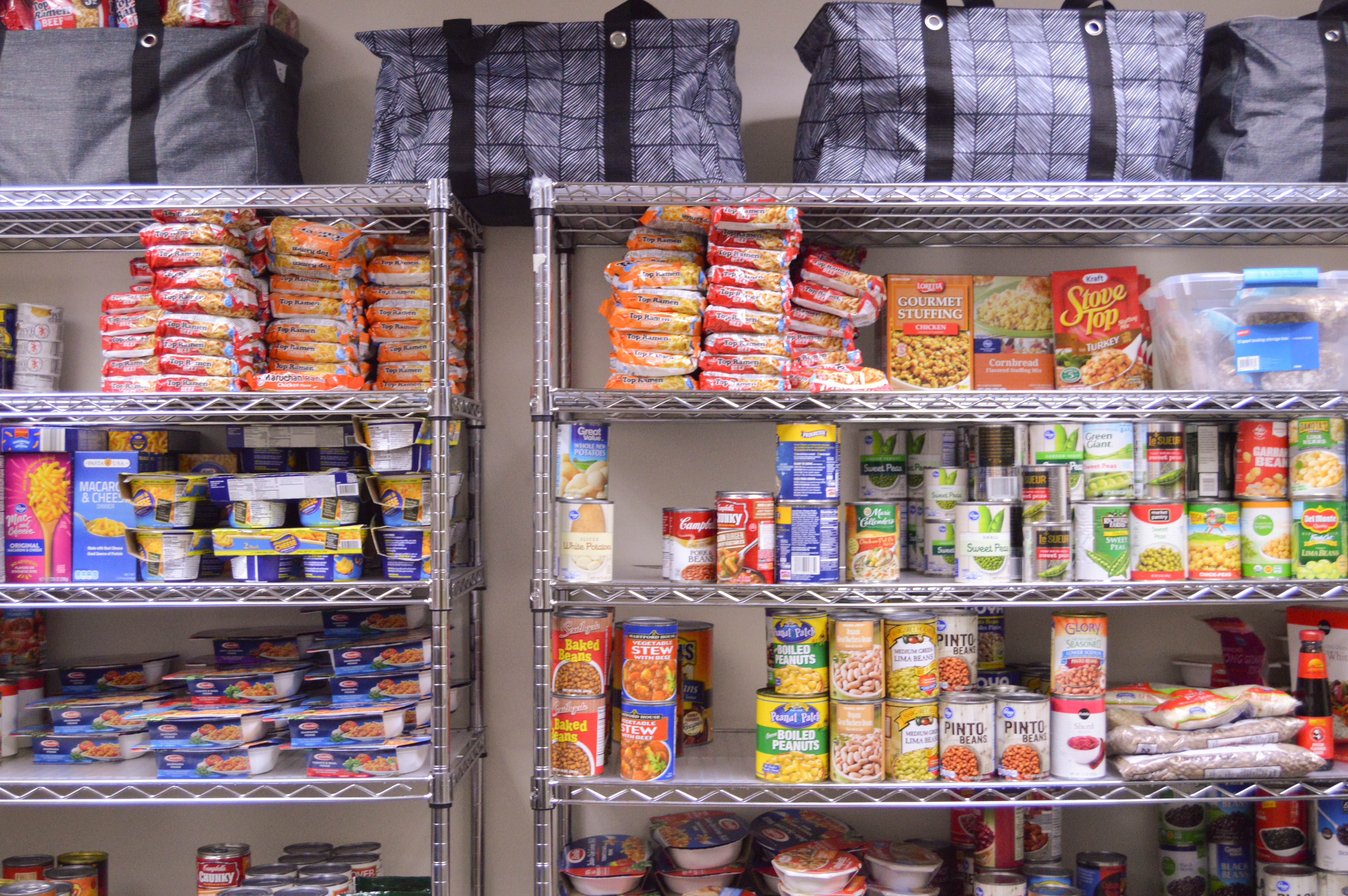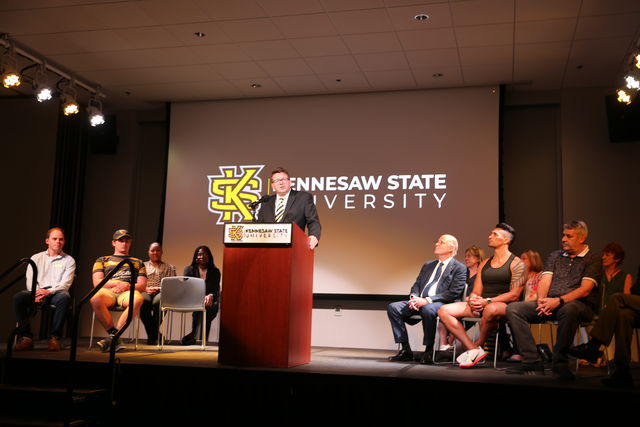KSU President Daniel S. Papp announced the 2012-2017 Strategic Plan for the University Aug. 15 at the Opening of School event. Papp outlined the major points of the plan and five action-oriented goals.
“We’re going to be very intentional about the process of moving the strategic plan forward,” Papp said. “This entire process is about making Kennesaw State University the best that it can be.”
The 33-member Strategic Plan Committee consisted of Papp, his cabinet, faculty members representing each of KSU’s degree granting programs, representatives from the governing senates and councils and two members from the Student Government Association.
Mark Anderson, Dean of the College of Science and Mathematics, responded to the plan.
“The Strategic Plan outlines an aggressive but realistic set of goals for the University, and it sets out some specific steps to accomplish these goals,” said Anderson.
While the plan speaks to the strengths of the university, it also points out some weaknesses that have been trouble in the past and are predicted to persist. Weaknesses of the university included traffic congestion, limited land and difficulty in attaining funds from the University System of Georgia.
“Some of the specific objectives are more challenging than others and tangible evidence of success may require more than five years before it becomes apparent,” Anderson said.
Among the key strategic goals are a promotion of excellence in teaching innovation, an improvement in recruitment, retention, progression, and graduation rates, developing a presence in the local, state, and national communities outside of KSU, an enhancement of the college experience and an expansion of resources combined with an improvement in operational efficiency and effectiveness.
To achieve these goals, the STP included attainable objectives including but not limited to: funding and hiring at least two new chaired professorships in each degree granting college, the creation of a faculty-led university council to provide input and advice concerning RRPG initiatives, increasing the involvement of students in co-curricular and campus life programs and developing a master modernization plan to be completed in at least two buildings per year.
Third year Chemistry Student Ian Taylor disagreed on the clarity and usefulness of the plan.
“It’s nice and all, but it seems very vague,” Taylor said. “Like, we need to raise funds is an action item. Okay, what’s the plan?”
Third year business major Max Levitan said he saw similar problems.
“Some of the Action steps are a little vague, like increasing the number of students coming out of school with a 3.5… My first question is how, but it is a solid goal,” said Levitan.
The STP has been working on the plan for almost two years and focused on responding to concerns of students, faculty and representatives from various councils involved with the university.
“This is not just the committee’s plan,” Papp said. “We incorporated feedback from three surveys that were conducted to solicit feedback from our internal and external constituents… We have a very ambitious agenda, which will involve the entire campus community moving forward together to achieve our key strategic goals.”


